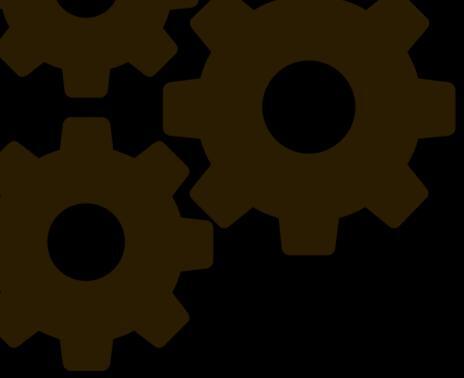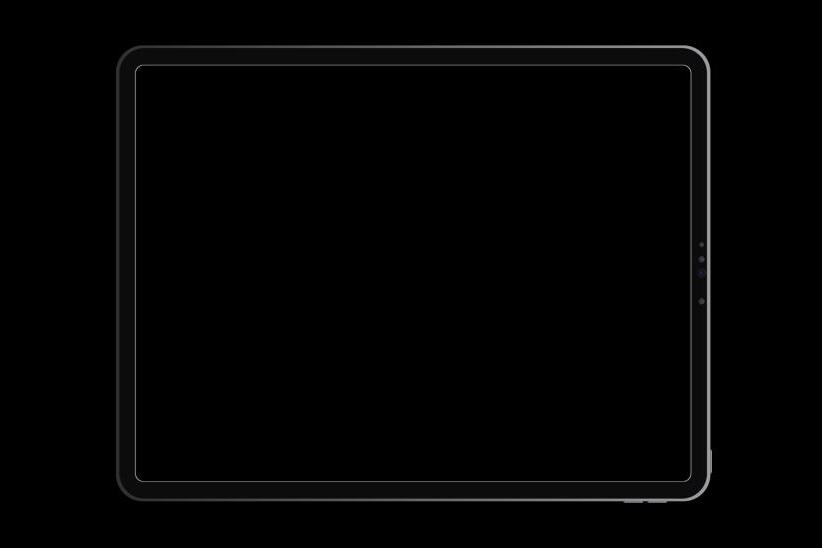National challenges and digital responses: What
we are
DEMAND
seeing DEMAND MARKET WORKFORCE FINANCE



MARKET FRAGILITY


WORKFORCE CONSTRAINTS
GROWTH/ACUITY FINANCE PRESSURES



Growth/acuity Fragility Constraints Pressures

Creating an unsustainable model of health and care

The opportunities for digital are not sufficiently addressing these challenges

Solution rather than outcome led
• Digital programmes too often focus on implementing a ‘tool’ rather than the benefits
• Impact, particularly financial, often not tracked
• Insufficient focus on use to drive better prevention

Siloed interventions
• Application of digital often siloed in individual organisations
• In part due to seed funding from central government
• This impacts on benefits and interoperability & insight


Data for insight
• Data and insight is often not easily extracted
• Prohibits focus on how data can help drive preventative care and improved flow
• Ability to join up of data still prohibits opportunity


Frontline & citizen engagement
• Often a disconnect between strategic ambition and translation to frontline
• Workforce not sufficiently digitally enabled
• Citizens not being nudged towards individual ‘wellness’

HEALTH & CARE SYSTEM
HEALTH & CARE EMPHASIS




Digital blueprint for health and care
PRINCIPLES & CHARACTERISTICS
Empower active independence and wellness


People readily access technology to maintain their health and independence, without the need for formal care or support.
Technology supports local connectivity for health and care in communities.
Technology strengthens wellness.
DESIRED OUTCOMES
People know how to access early care and support themselves and actively do so.
DIGITAL & AI SOLUTIONS
SYSTEM ENABLERS

Acute care supports assessment, intervention (where needed) and discharge
IMPACT / BENEFITS
Assistive technology, community support apps.
NHS App, personal interactive robotics.
Whole-system prevention
The Health and Care system is focused on proactive as well as reactive care.
Technology, data and insight is used to identify where someone's health or care may deteriorate and actively intervenes to try and prevent this happening. Predictive analytics reduces health escalation. Prevention is a core measure of success.
Many health and care needs don’t escalate as system focuses on actively preventing this happening.
Generative AI productivity solutions, sensors and wearable monitors, personal interactive robotics, on-line screening and advice with relevant professionals.

Relentless focus on flow to prevent escalation
Where people need more formal care and support, technology helps to map out patient flow to prevent escalation wherever possible.
Technology enables quicker, more holistic and joined up care, supporting people to exit formal care and support, where possible.
Community care enables step down from hospital to home

Empowered return to independence and self-care if possible
Integrated records and support help to return people to independence& self-care wherever possible.
Technology connects people back into local community support as well as formal support where needed to keep them at home.
Reduction in cost: Lower costs for agency staffing, length of stay, acuity, contacts and re-admissions.


Improved retention: less attrition of staff and increased resource re-deployment.

People stay in hospital or other acute health and care support for shorter periods.
Longitudinal health and care record for each citizen (ShCR, EPR, etc), robotic process automation, insight driven dashboards powered by integrated data, virtual wards and care.
Most people can return home, or to lower intensity support and don’t return to acute care.
Assistive technology, community support apps. NHS App, personal interactive robotics, virtual wards/care.
Digital foundations, including high-quality integrated data to enable the right digital platform to support capabilities at home or in professional settings; Electronic clinical systems (EPS, EPMAs, etc) to capture patient records and enable effective performance reporting; System integration to enable holistic view; Robotic process automation to reduce need for paper; Cultural change – engagement of key clinical and operational staff to help drive digitally enabled changes to practice; New operating model – including different roles for clinicians and virtual MDTs, Real time intelligence and forward reporting to consider flow, needs and pathways.


Productivity gains: increased capacity of staff and less time recording through use of technology and integration.


Improved outcomes: reduction in escalation of needs, increased numbers of people living at home or in community settings and improved mobility and wellness.




































